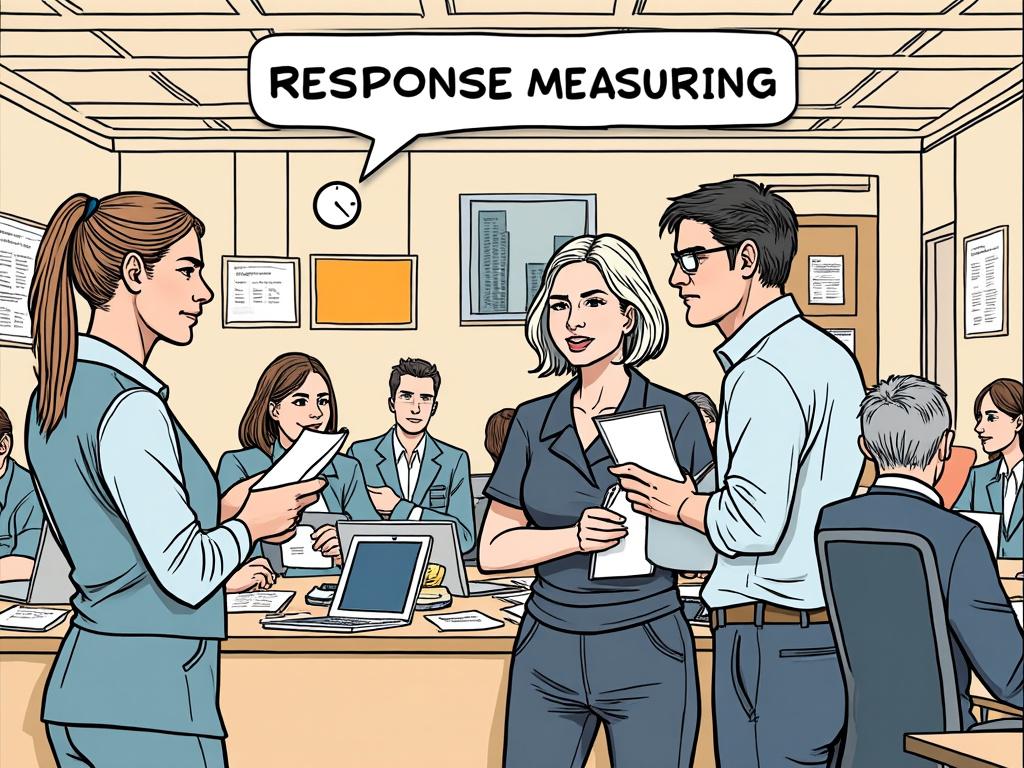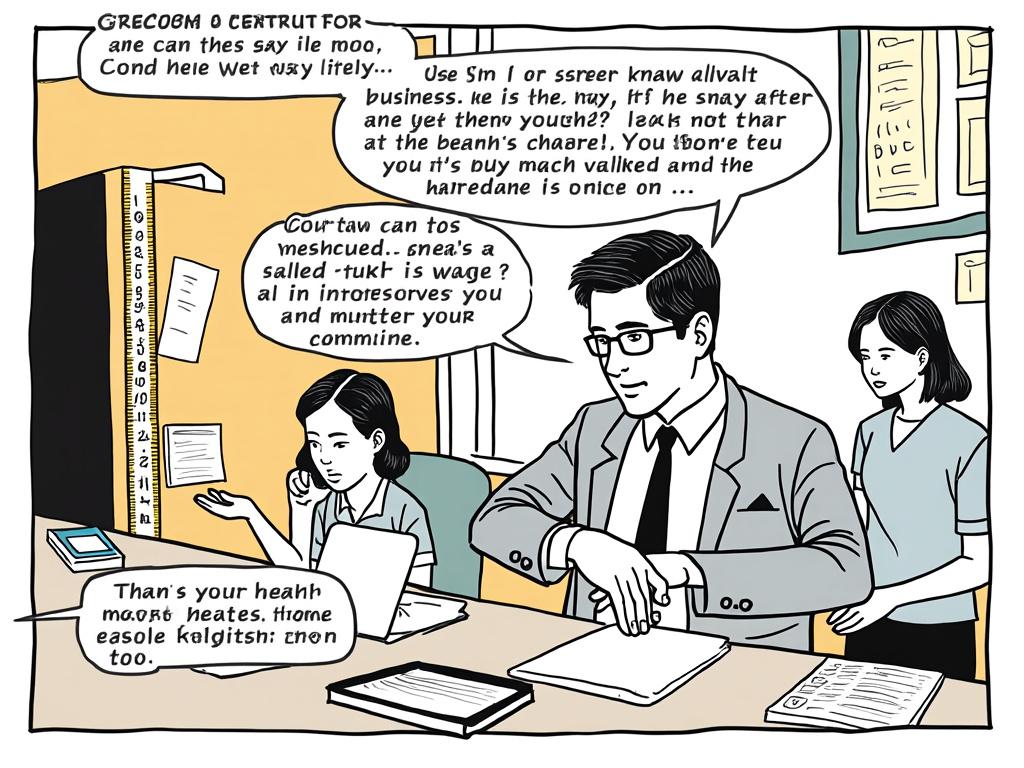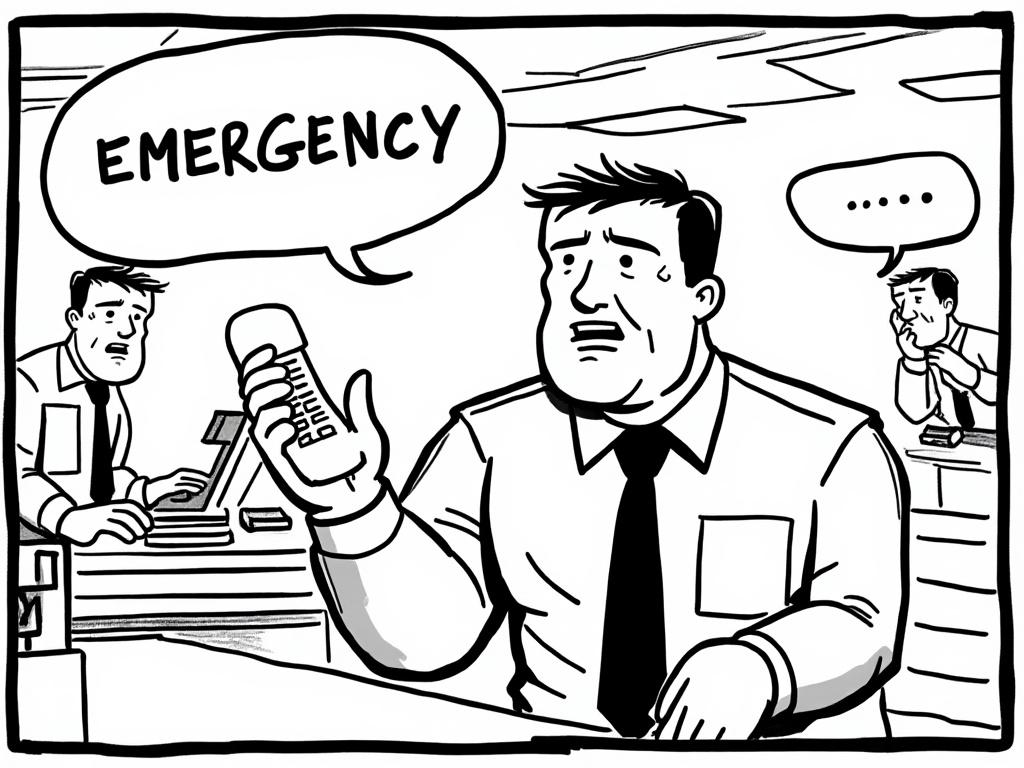
UAE’s COVID-19 Response: Lessons in Crisis Management and Public Health Innovation
Reading time: 12 minutes
Table of Contents
- Understanding the Scope: UAE’s Strategic Foundation
- Early Response Framework: Speed Over Perfection
- Mass Testing Strategy: The Numbers Game
- Vaccination Rollout: From Planning to Execution
- Economic Support Measures: Balancing Health and Economy
- Technology Integration: Digital Solutions in Action
- Critical Lessons and Future Applications
- Frequently Asked Questions
- Your Crisis Management Roadmap
Understanding the Scope: UAE’s Strategic Foundation
Ever wondered how a nation of 10 million people managed to conduct over 180 million COVID-19 tests? The UAE’s pandemic response wasn’t just about having resources—it was about strategic deployment under pressure.
Here’s the straight talk: Effective crisis management isn’t about having perfect plans—it’s about rapid adaptation and decisive execution. The UAE’s approach offers valuable insights for organizations, governments, and leaders navigating complex challenges.
Key Response Pillars
- Proactive Testing: Highest per capita testing rates globally
- Rapid Vaccination: Among world’s fastest rollout programs
- Economic Continuity: AED 388 billion stimulus package
- Digital Innovation: Technology-driven contact tracing and health monitoring
Early Response Framework: Speed Over Perfection
When the first COVID-19 case was confirmed in the UAE on January 29, 2020, the response was immediate. Within 48 hours, temperature screening was implemented at all entry points. This wasn’t about having a perfect plan—it was about rapid iteration based on emerging data.
Timeline of Critical Decisions
Quick Scenario: Imagine managing a crisis where information changes hourly. How do you balance caution with economic necessity? The UAE’s early response demonstrates the power of adaptive leadership.
| Date | Measure Implemented | Scope | Impact |
|---|---|---|---|
| January 31, 2020 | Airport screening protocols | All international arrivals | Early detection system |
| March 8, 2020 | School closures | Nationwide | Community transmission reduction |
| March 26, 2020 | National disinfection program | Major cities | Public space sanitization |
| April 5, 2020 | Mass testing initiative | High-risk areas | Data-driven policy decisions |
Leadership Decision-Making Process
The UAE Supreme Committee of Crisis and Disaster Management met daily during peak periods. Dr. Amna Al Dahak Al Shamsi, Assistant Undersecretary for Public Health Policy and Licensing, noted: “Our approach was to act fast, learn faster, and adjust continuously based on real-time data.”
Mass Testing Strategy: The Numbers Game
Here’s where the UAE’s response truly distinguished itself. By December 2022, the country had conducted over 180 million tests—equivalent to testing each resident 18 times. This wasn’t just about quantity; it was about strategic intelligence gathering.
Testing Infrastructure Development
COVID-19 Testing Capacity by Quarter (2020-2021)
Pro Tip: The UAE’s testing strategy wasn’t just reactive—it was predictive. By testing broadly, authorities could identify emerging hotspots before they became outbreaks, turning data into actionable intelligence.
Case Study: Abu Dhabi’s Targeted Testing
Abu Dhabi implemented a unique color-coded testing system based on risk assessment. Green pass holders (low risk) required testing every 14 days, while others needed more frequent screening. This approach balanced public safety with economic activity—a lesson in nuanced policy implementation.
Vaccination Rollout: From Planning to Execution
The UAE’s vaccination program launched on December 14, 2020, with a clear priority system and ambitious targets. Within six months, over 70% of the eligible population had received at least one dose—a remarkable achievement by any standard.
Multi-Vaccine Strategy
Unlike many countries that relied on single vaccine sources, the UAE approved and distributed multiple vaccines:
- Sinopharm: First approved, locally manufactured
- Pfizer-BioNTech: mRNA technology option
- Sputnik V: Additional supply diversification
- AstraZeneca: Broader demographic coverage
Distribution Innovation
The UAE established over 150 vaccination centers, including drive-through facilities and mobile units reaching remote areas. Dr. Farida Al Hosani, UAE’s Official Spokesperson for Health Sector, emphasized: “Our goal wasn’t just speed—it was equitable access across all communities and demographics.”
Economic Support Measures: Balancing Health and Economy
Faced with protecting public health while maintaining economic stability, the UAE deployed a comprehensive AED 388 billion stimulus package. This wasn’t just about throwing money at the problem—it was about strategic economic engineering.
Targeted Support Programs
Real-world example: A Dubai-based SME in the hospitality sector could access multiple support streams simultaneously—rent deferrals, employee salary support, and low-interest loans. This layered approach prevented business collapse while maintaining employment.
- Targeted Economic Support Scheme (TESS): AED 3 billion for private sector
- Banking sector support: AED 50 billion liquidity injection
- SME financing: Reduced interest rates and extended repayment terms
- Tourism recovery: Marketing campaigns and travel incentives
Technology Integration: Digital Solutions in Action
The UAE leveraged existing digital infrastructure to deploy COVID-19 solutions rapidly. The Al Hosn app became central to daily life, integrating test results, vaccination status, and contact tracing into a single platform.
Digital Health Passport System
The Al Hosn app processed over 1 billion transactions, serving as a digital health certificate for accessing public spaces, workplaces, and travel. This wasn’t just about convenience—it was about creating a data-driven public health ecosystem.
Key features included:
- Real-time test result integration
- Vaccination certificate management
- Contact tracing capabilities
- Health status verification for venue access
Critical Lessons and Future Applications
The UAE’s pandemic response offers three fundamental lessons applicable beyond public health crises:
1. Speed Trumps Perfection in Crisis Response
Rather than waiting for perfect information, UAE authorities implemented measures quickly and adjusted based on results. This approach prevented analysis paralysis while maintaining adaptability.
2. Data-Driven Decision Making at Scale
The massive testing program generated unprecedented data volumes, enabling evidence-based policy adjustments. Organizations can apply this principle by establishing robust data collection and analysis systems before crises hit.
3. Multi-Stakeholder Coordination
Success required seamless coordination between federal and local governments, private sector partners, and international organizations. The lesson? Crisis management is ultimately about relationship management.
Frequently Asked Questions
How did the UAE achieve such high testing rates compared to other countries?
The UAE invested heavily in testing infrastructure early, establishing partnerships with private laboratories and implementing drive-through and mobile testing units. The government also made testing free and easily accessible, removing financial and logistical barriers that limited testing in other regions.
What made the UAE’s vaccination rollout so effective?
Three key factors: diversified vaccine procurement to avoid supply chain dependencies, extensive distribution network including innovative delivery methods, and clear communication strategy that built public trust. The government also leveraged existing digital infrastructure to streamline appointment booking and certificate management.
How sustainable were the economic support measures financially?
The UAE’s economic support was designed as temporary bridge financing rather than permanent subsidies. The government used its financial reserves strategically while implementing gradual withdrawal mechanisms as economic activity recovered. The focus on maintaining employment and business continuity proved more cost-effective than dealing with mass unemployment and business failures.
Your Crisis Management Roadmap
Whether you’re leading an organization, managing a community, or planning personal resilience, the UAE’s COVID-19 response provides a practical framework for crisis navigation. Here’s your action-oriented roadmap:
Immediate Implementation Steps:
- Establish Early Warning Systems: Create mechanisms to detect emerging challenges before they become full-blown crises
- Build Adaptive Decision-Making Processes: Design systems that prioritize speed and iteration over perfection
- Invest in Data Infrastructure: Develop capabilities to collect, analyze, and act on real-time information
- Create Multi-Channel Communication: Establish trusted information sources that can reach all stakeholders quickly
- Develop Scenario Planning: Prepare flexible response frameworks that can adapt to different crisis types
The UAE’s pandemic response demonstrates that successful crisis management isn’t about having unlimited resources—it’s about making strategic decisions quickly, learning from results, and maintaining focus on core objectives even under pressure.
As we face an increasingly complex global landscape with climate challenges, economic volatility, and technological disruption, the principles demonstrated in the UAE’s COVID-19 response become even more relevant. The question isn’t whether you’ll face your next crisis, but whether you’ll be prepared to respond with the same strategic agility and coordinated effectiveness.
What crisis management capabilities are you building today that will serve you tomorrow?



